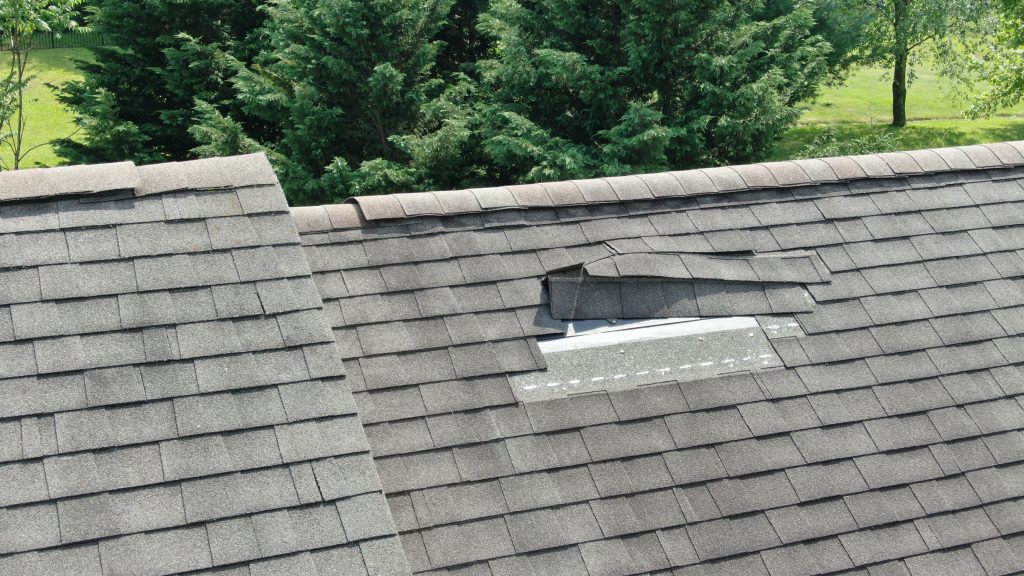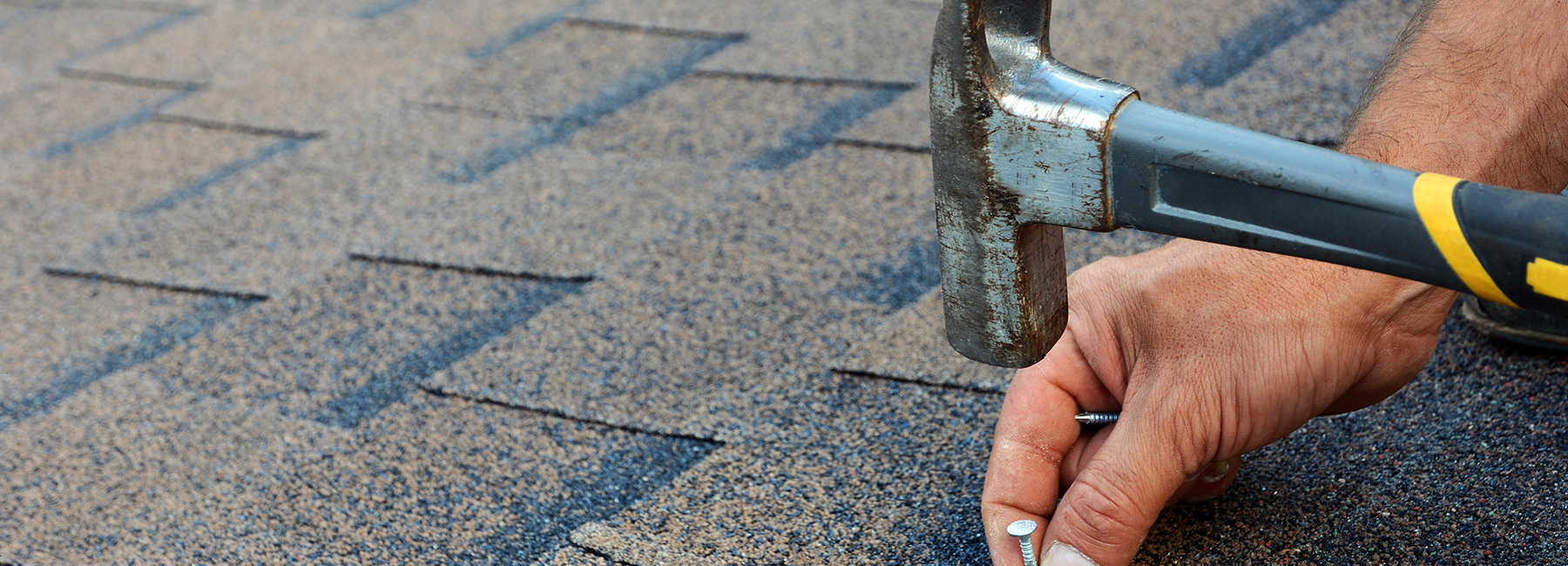How to Spot Storm Damage Before It Gets Worse

When a storm rolls through, most homeowners are quick to check on their cars, trees, and power lines—but your roof deserves just as much attention. In fact, over half of damages caused by storms happen to your roof and siding. Storm damage isn’t always obvious at first glance, and the longer it goes unnoticed, the more it can cost you down the road. Catching issues early can help prevent major leaks, structural damage, and even mold growth.
Here’s how to spot signs of storm damage on your roof before it becomes a bigger—and more expensive—problem.
Check for Missing or Damaged Shingles
After a heavy windstorm or hail event, one of the easiest things to spot is missing shingles. But don’t stop there—look for shingles that appear cracked, curled, or bruised (especially after hail). Some damaged shingles can be obvious, but others can hide in the corners. Even if the damage seems minor, a single compromised shingle can allow water to seep beneath and weaken the underlayment over time.
Tip: Use binoculars to scan the roof from the ground. Never climb on the roof unless you’re trained and have the right safety gear.
Inspect Your Gutters and Downspouts
Storms often fill gutters with debris from asphalt shingles—a clear sign your roof took a beating. This debris help protect shingles from the sun’s UV rays, and once they’re gone, your roof becomes more vulnerable to future damage. It can also cause clogging from leaves, dirt, branches, and more if there are high winds. If your gutters are clogged, it can cause flooding, water damage, and more from heavy storms.
Look for Flashing and Chimney Damage
Flashing is the thin metal material used around vents, skylights, and chimneys to seal out water. During a storm, flashing can loosen, bend, or even blow away entirely. If water gets into these gaps, it can cause significant interior damage.
Also inspect your chimney for cracked bricks or missing mortar—both of which can worsen quickly after repeated exposure to moisture.
Check the Attic for Leaks or Water Stains
Even if your roof looks fine from the outside, the attic might tell a different story. After a storm, head up to your attic space and check for:
- Damp insulation
- Water stains on beams or walls
- A musty smell (could indicate slow leaks or mold)
Catching moisture issues early gives you the chance to fix them before they spread further into your home. Water damage can be a huge issue for years to come and while it may not be visible from outside, your interior roofing can be a good sign.
Be Aware of Subtle Signs Indoors
Roof damage doesn’t always reveal itself where you expect it. Keep an eye out for:
- Bubbling paint or discolored patches on your ceiling or walls
- Sudden increases in your energy bill (could be due to insulation issues from a compromised roof)
- New drafts or cold spots near the ceiling
Even if you don’t see a leak, these signs might point to water getting in where it shouldn’t.
Document Everything
If you suspect storm damage, take photos of anything you notice—inside and out. Documentation is helpful not only for your peace of mind but also if you need to file an insurance claim. The more details you have, the smoother the process will go.
When in Doubt, Call a Pro
Some damage can be subtle or hidden beneath the surface. If you’re not sure whether your roof took a hit, it’s better to be safe than sorry. Let the experts at Carolina Custom Construction take a look. We offer prompt, professional inspections and repairs to keep your roof—and your home—safe and sound.
Whether you need regular maintenance or are looking to replace your entire roof, our team of professional contractors is ready to help you! Click here for a free consultation so our team can get a better idea of your project!

